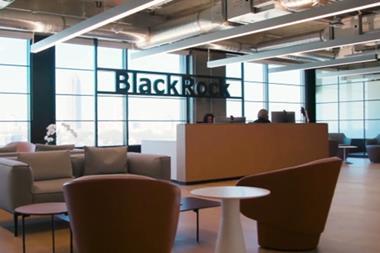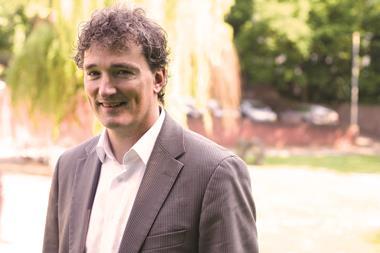SWITZERLAND - Consultant Swisscanto has discovered the average funding level of Swiss Pensionskassen had deteriorated to 94.4% by the end of 2008 and the buffer funds have all but dried up.
According to Swisscanto's Pensionskassen-Monitor, the average funding level had been 112%in 2007 and around 60 out of 153 Pensionskassen had enough buffers to be deemed sufficient for an average equity exposure of 20-30%, but the number of funds with sufficient buffers has now shrunk to 4% of the total.
The funding levels of private funds depreciated more, falling by 18.1 percentage points to 96.6% than those of public funds, which in turn fell 14 percentage points to 84.7% but had started at a lower level anyway.
In total the percentage of Pensionskassen which are underfunded has increased from 10% to 76%.
However, "only" 25% of those are below 90% (compared to 5.6% in the previous year).
To tackle their positions, Swisscanto has recommended asset allocation be reviewed, along with additional funding and maybe an indexation holiday.
The average performance of Swiss funds in the survey was -12%, according to Swisscanto, which is slightly better than the average calculated by Credit Suisse. (See earlier IPE story: Risk not rewarded in the medium-term)
Meanwhile, Mercer Austria has taken a closer look at Austria's Pensionskassen performance and found the -13% average returns in 2008 was based on a return range of between +1% to -18.19% depending on the equity quota and the risk exposure.
Only one Pensionskasse, with an equity quota of under 16%in its portfolio, performed slightly positively, while those portfolios with an equity exposure of 40% or higher returned between -13.7% and -18.19%.
Pensionskassen in Austria are offering their clients various allocation strategies from very conservative to dynamic.
However, Mercer also found in an international comparison equity exposure was not the only indicator for the performance of funds.
While Belgium and Irish pensions, with average equity exposures of up to 68%, had a considerably bad year with -25.5% and -34% respectively, the UK and Spain (equity quota 50% and 35% on average) only lost -9.8% and -8.5% on average - even less than Austrian pension funds which have much lower equity quota (currently under 20%).
In Switzerland and the Netherlands, where there was an average holding of between 25% and 27% in equities, pension funds returned -12% and -9.6% on average.
In Europe only German funds ended the year positively because of accounting effects and a high exposure (70% to 80%) in Schuldscheindarlehen, which are German hold-to-maturity promissory notes, which usually generate fixed interest and help to stabilise the retirement vehicle's portfolio, Mercer pointed out.
If you have any comments you would like to add to this or any other story, contact Julie Henderson on + 44 (0)20 7261 4602 or email julie.henderson@ipe.com












No comments yet